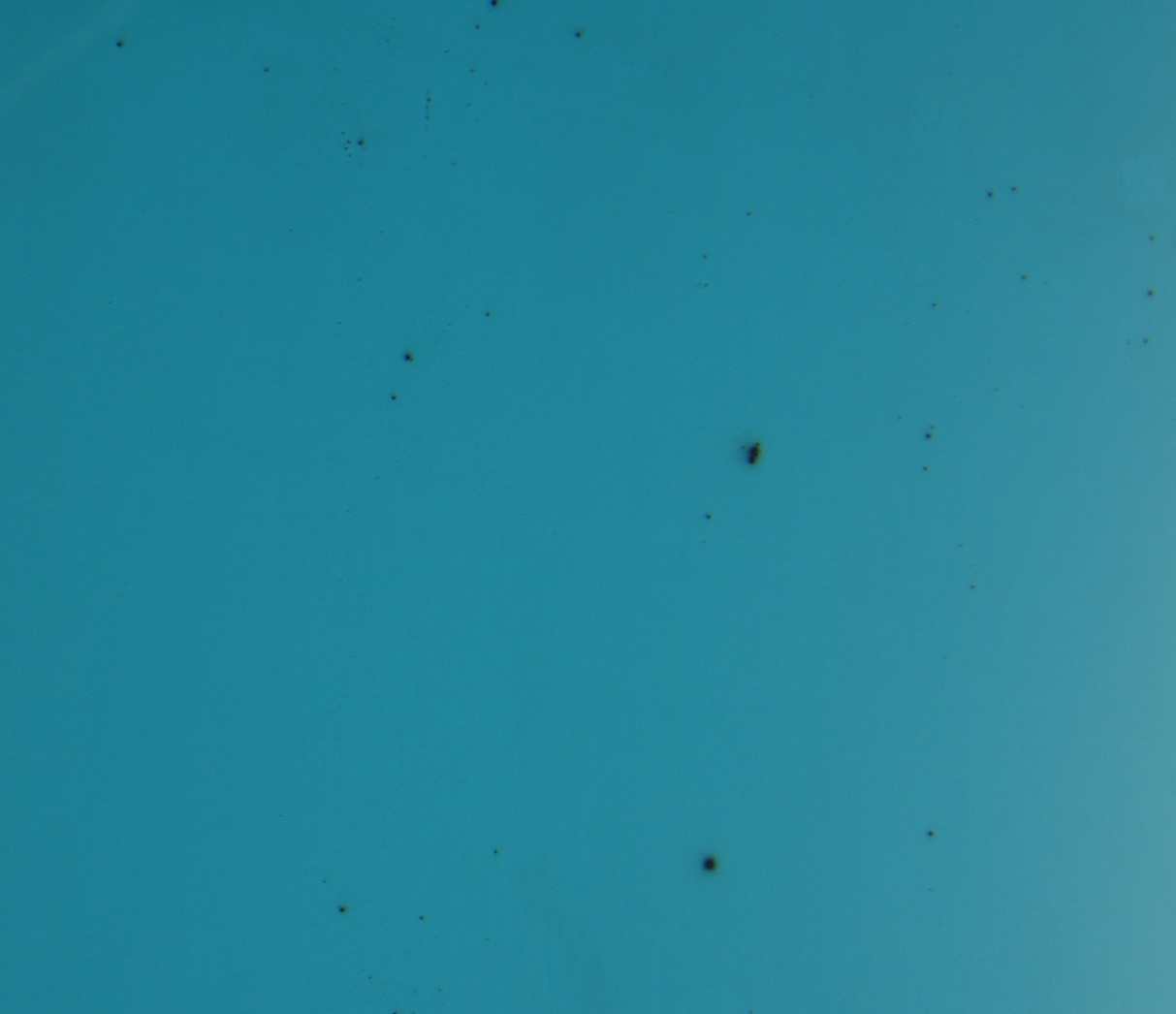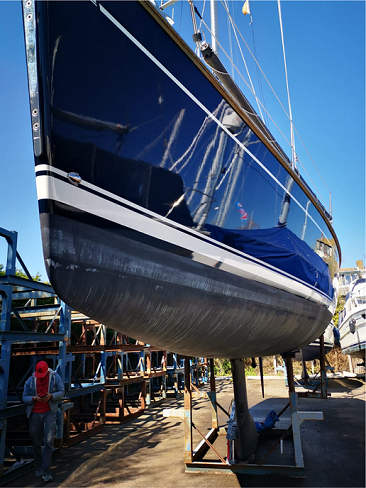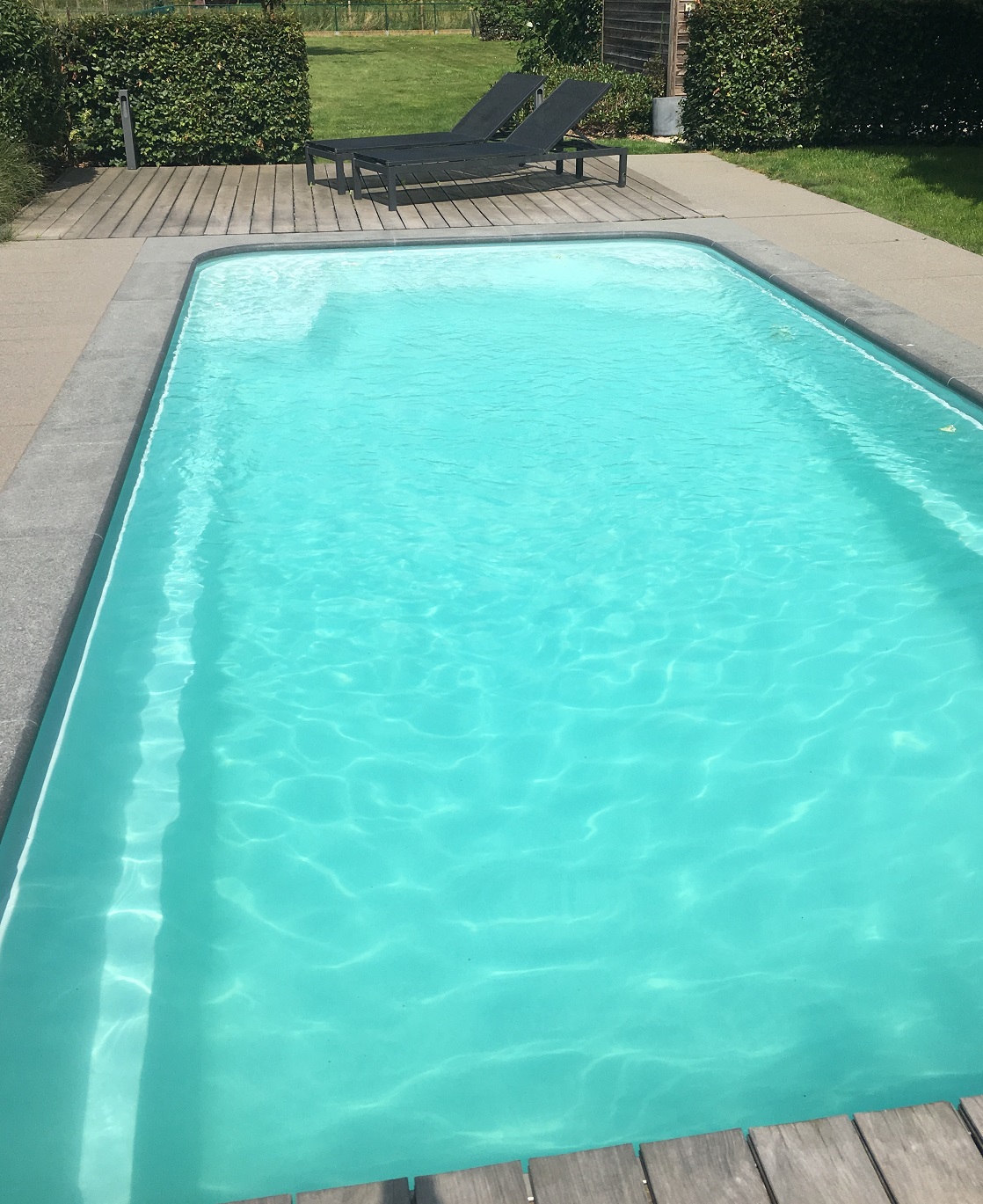Osmosis in boats and swimming pools
How to repair osmosis in a swimming pool?
How to repair osmosis on boats?
For years, polyester and fiberglass have been used to make boats and swimming pools. Over the years we have learned more about the properties of these materials. Today, we know that a phenomenon called osmosis can occur with certain types of polyester laminates.
In this blog, we would like to explain more about osmosis and what you can do about it.

What is osmosis?
According to Wikipedia osmosis is the spontaneous net movement or diffusion of solvent molecules through a selectively-permeable membrane from a region of high water potential (region of lower solute concentration) to a region of low water potential (region of higher solute concentration), in the direction that tends to equalize the solute concentrations on the two sides.
In other words:
When moisture comes into contact with parts of the fiberglass laminate that are not properly impregnated, a chemical reaction can occur. This can lead to expansion or disintegration of the glass fibers and result in small blisters on the surface. These blisters will grow larger as they fill with moisture. If you open these vesicles, you will notice a soured smell and see discoloration on the laminate. This is called osmosis.
On boats and swimming pools, polyester laminate can show osmosis, where water vapor migrates through the laminate through a semi-permeable membrane such as a gelcoat or topcoat. This can lead to pressure on one side of the membrane and water on the other. This can affect the bonding of the glass fibers, leading to expansion and disintegration of the laminate.
What are the causes of osmosis?
Osmosis in boats
Osmosis used to be a common problem with boats or yachts left in the water for long periods of time. This was often because some manufacturers did not use the best polyester resins, opting instead for cheaper options. Fortunately, they have since understood that using higher quality resins leads to better boats. The quality of gel and topcoats has also greatly improved. Care has now been taken not only to improve water resistance, but also to improve UV resistance and abrasion resistance.
Osmosis in swimming pools
Unfortunately, we still see osmosis in swimming pools today. This is partly due to the higher water temperature than in the sea, for example, but also due to the use of water treatment techniques that do not always prove to be harmless. For example, chlorine and salt electrolysis can have a different effect on the semipermeable membrane. Mono-block manufacturers are also aware of these issues and have introduced improved grades of gelcoat. Resins have also changed and have been evaluated from a standard polyester to a vinylester.
This last one is similar to an epoxy in terms of chemical resistance, eliminating osmosis. However, there are companies that claim to offer an epoxy pool, but in reality it is a vinyl ester. Keep in mind that epoxy is not good UV resistance and can discolor. Fortunately, there are also high-quality solutions for renovating an old pool with osmosis.
How can you restore a surface with osmosis?
- Remove all the old polyester
- Rinse thoroughly with clean water and let everything dry completely
- Place the necessary layers of glass mat in combination with vinylester resin
- Finish with pre- and topcoat or with gelcoat for applications on boats


What are the right products to prevent or treat osomosis?
Resin and glass mat
Epoxy or vinylester resins based on bisphenol A are the right materials to prevent or treat osmosis when it comes to processing with glass mats.
Gelcoat
As a gelcoat, it is best to choose the type of isophthalic acid neopentylglycole (ISO/NPG) containing polyester resin, which has very good water and weather resistance with increased impact and scratch resistance.
Topcoat
For the topcoat, it is recommended to choose a polyester resin containing neopentylglycol terephthalic acid, this has good properties such as chemical, water and UV resistance and is resistant to chlorinated water and hydrogen peroxide at water temperatures up to 30°C.
Can I treat and repair osmosis myself?
There are several solutions to treat or prevent osmosis, depending on the size and complexity of the project. As a do-it-yourselfer, you can do simple repairs yourself, such as replacing damaged coats or applying a new topcoat. However, if larger repairs are involved or if you are unsure of your own skills, it is advisable to seek advice from professionals. They can guide you through the entire process and guarantee a quality end result, so you can enjoy your beautiful pool again for years to come.
More info
Feel free to contact us to receive more info about our products.
